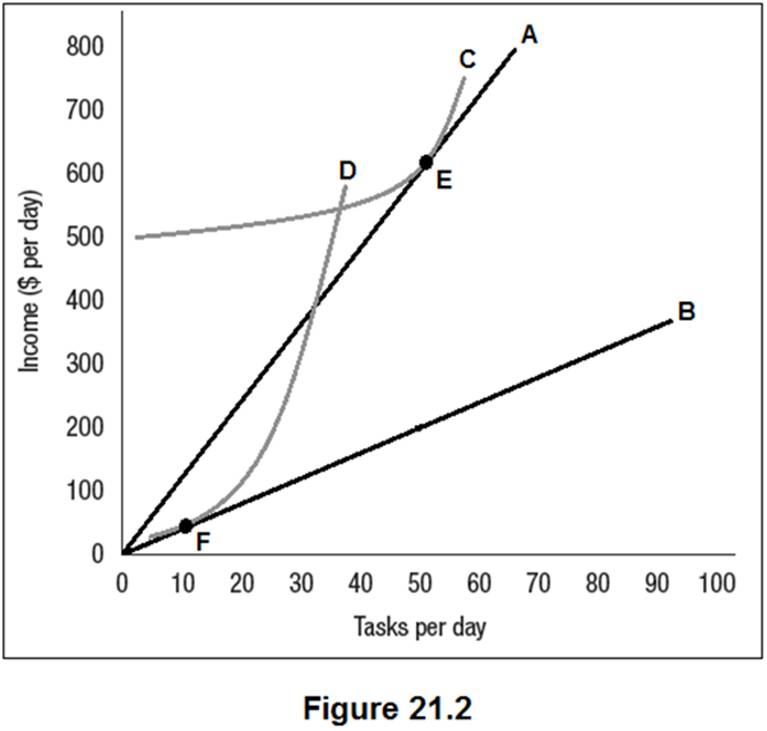Risk-taking, lack of planning, chaotic lifestyle, desire for immediate gratification, and explosiveness are defining characteristics of
a. impulsivity.
b. compulsivity.
c. repulsivity.
d. antisocial personality.
a
You might also like to view...
Faulk deprived rats of food, then trained them to bar press for food reinforcement. When water was available in the operant chamber, the animals consumed excessive amounts of water. This is called ______.
A. schedule-induced polydipsia B. appetitive water behavior C. food water contrast D. water wood contrast
Which of the following is an example of response cost?
a. A child is spanked for breaking an expensive vase. b. A teenager is grounded for coming in an hour late. c. A rat learns to run a maze always turning to the right to avoid shock. d. A woman leaves an abusive marriage in order to save her life.
The tiny space between the nerve ending of one neuron and the dendrite of the other is the:
a.) receptor. b.) nucleus. c.) synapse. d.) transmitter.
Figure 21.2 shows the benefit functions for low-ability workers and high-ability workers (A and B), along with one indifference curve for each worker type (C and D). The employer cannot observe worker type directly but has created two positions, E and F, as a screening mechanism. Which of the following is true?

A. The employer will lose money on the low-ability workers hired but earn profit on the high-ability workers hired.
B. The employer will earn profit on all workers hired.
C. The employer will break even on all workers hired.
D. The employer will lose money on all workers hired.